
Why Does My Dog Pee on My Bed? Understanding and Solutions
Introduction
Finding your dog has urinated on your bed can be incredibly frustrating. This behavior often leaves owners feeling upset and confused. It’s essential to know that this issue can arise from various causes, both behavioral and medical. Understanding the reasons behind this behavior is crucial for effectively addressing it.To tackle this issue effectively, consider investing in a Dog Training Collar with Remote. It can help reinforce commands and ensure your dog understands boundaries. After all, a well-trained dog is a happy dog!

Summary and Overview
Dogs may pee on beds for several reasons. Common causes include age-related accidents, marking behaviors, and health concerns. Puppies often have trouble with potty training, while senior dogs may face incontinence. Additionally, marking territory is a natural instinct for many dogs. Proper cleaning techniques are vital to avoid repeat incidents. Throughout this article, we will cover solutions to help dog owners manage and resolve this behavior.For those pesky stains, grab a bottle of Nature’s Miracle Stain and Odor Remover. It’s a lifesaver for tackling those unexpected accidents and keeping your home fresh!
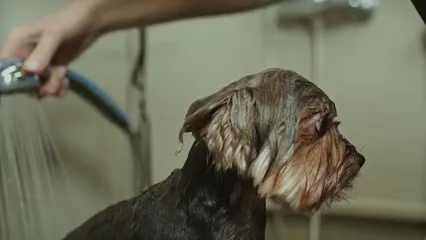
Why Do Dogs Pee on Beds?: Possible Causes
Age-Related Accidents
Young puppies are still learning where it’s appropriate to relieve themselves. They might not have mastered potty training yet. As a result, your bed could become an accidental target. On the other hand, senior dogs may face incontinence. This condition can lead to involuntary leaks, especially while they are sleeping.If you’re dealing with a puppy, consider using Puppy Training Pads to help them learn the ropes. They’re great for protecting your floors while your pup gets the hang of things!
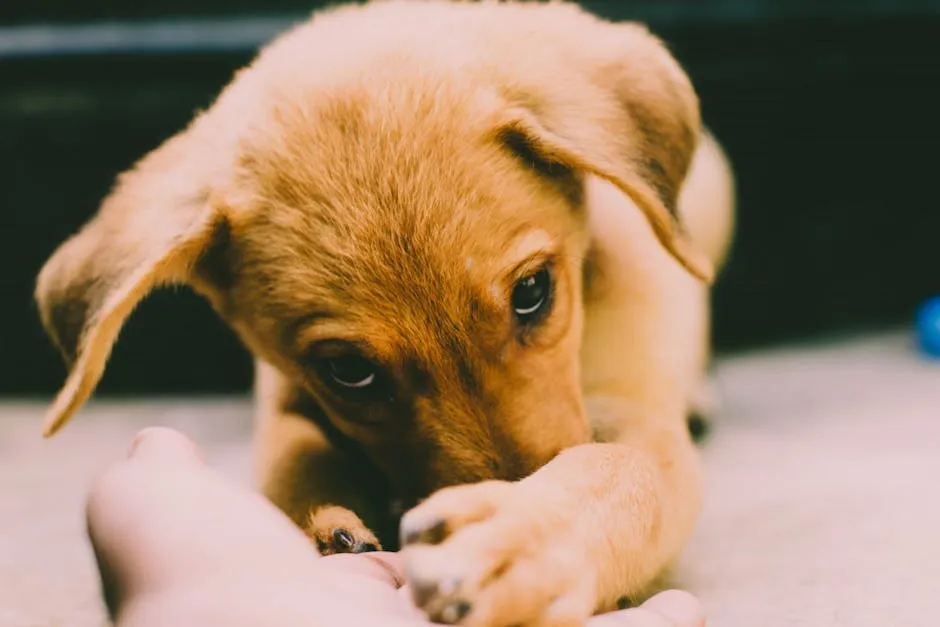
Marking Territory
Dogs often mark their territory through urination. This behavior can manifest on your bed, which smells strongly of you. By urinating there, they mix their scent with yours, creating a sense of security. It’s essential to note that marking is different from regular urination. Marking typically involves a small amount of urine and is more about establishing scent than relieving themselves.Underlying Health Issues
Health problems can also lead to your dog peeing on the bed. Conditions like urinary tract infections, diabetes, and bladder issues can cause inappropriate urination. If your dog’s urination patterns change suddenly, it’s best to consult a veterinarian for a professional evaluation.In case of health emergencies, having a Pet First Aid Kit on hand can be invaluable. You never know when your furry friend might need a little extra care!
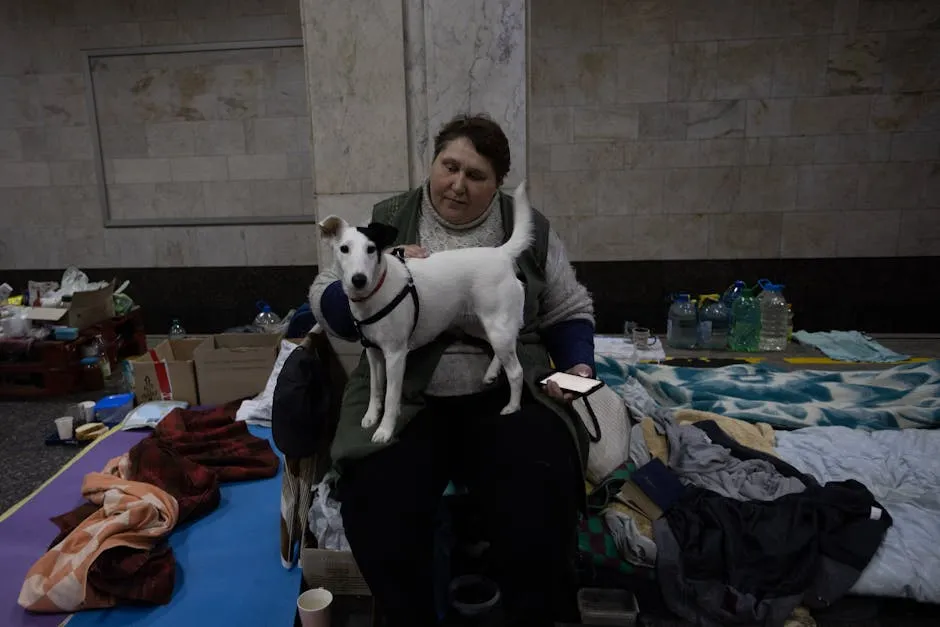
Anxiety and Stress
Anxiety and stress are significant contributors to this behavior. Dogs may urinate on your bed when they feel scared or anxious. Changes in their environment, such as new family members or loud noises, can trigger this response. Identifying potential stressors can help you manage this behavior effectively.To help alleviate anxiety, consider trying Dog Anxiety Relief Chews. They can help calm your pup during stressful situations, making them feel more secure.
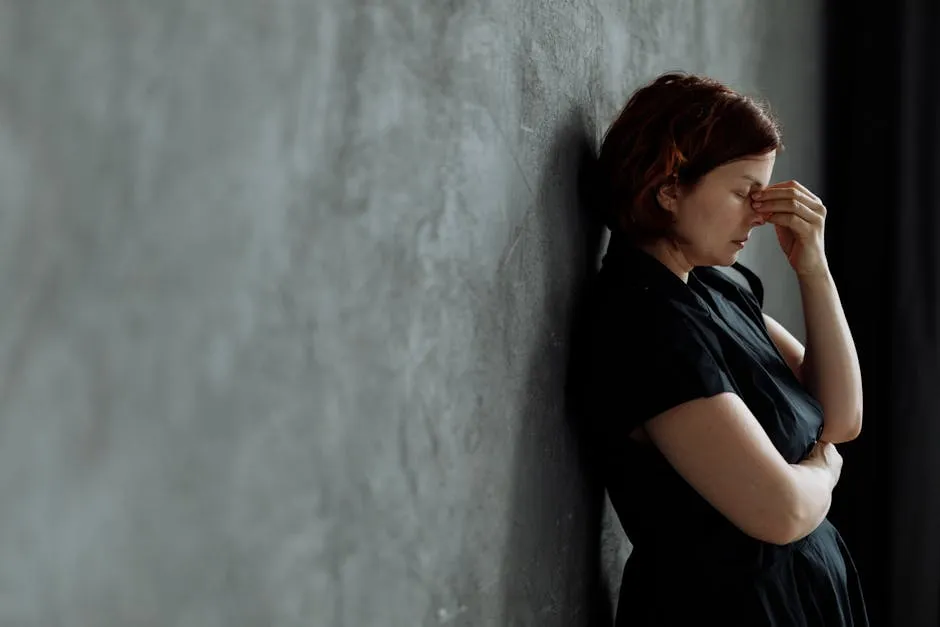
Housetraining Issues
Some dogs may seem housetrained but still have accidents in specific spots, like your bed. This regression can happen for various reasons, including lack of consistency in training. Reinforcing housetraining through regular outdoor breaks and positive reinforcement will help.Underlying Health Issues
Sometimes, health problems can cause your dog to urinate inappropriately. Common issues include urinary tract infections (UTIs) and diabetes. UTIs can make your dog feel the urge to pee frequently. Diabetes may lead to increased thirst and urination. Bladder stones and kidney disease can also contribute to this behavior. If you notice sudden changes in your dog’s urination habits, consult a veterinarian. They can assess your dog’s health and recommend necessary treatments. Early intervention is key to ensuring your furry friend stays healthy and comfortable.Anxiety and Stress
Anxiety and stress can trigger your dog to pee on your bed. Dogs often seek comfort in familiar places when feeling anxious. Changes in their environment, like moving homes or introducing new pets, can heighten stress. Loud noises, such as thunderstorms or fireworks, may also cause fear. Identifying what triggers your dog’s anxiety is crucial. Are there specific situations that make them nervous? Understanding these factors can help you address their needs better. A calm environment can significantly reduce stress-related urination.Housetraining Issues
Housetraining can sometimes lead to confusion for your dog. Some dogs may regress in their training, even if they were well-trained before. This regression can be due to various reasons, including stress or changes in routine. Reinforcing housetraining is essential. Take your dog outside frequently, especially after meals and naps. Praise them when they relieve themselves outdoors. Consistent routines can help your dog remember the correct behavior. If needed, consider reaching out to a trainer for additional guidance.
How to Stop Your Dog From Peeing on the Bed
Limit Access
One effective way to manage this behavior is by restricting your dog’s access to the bedroom. You can use baby gates to keep them out when you’re not around. Closing the bedroom door is another simple solution. This prevents any accidents while you’re away. Crates can also help. Dogs often feel secure in a crate, which can reduce anxiety. When you can’t supervise them, placing your dog in a crate can be an effective way to prevent accidents. Just make sure the crate is comfortable and not used for extended periods. Supervised playtime is important too. Spend quality time with your dog in common areas. This allows you to monitor their behavior closely. If they start showing signs of needing to go, you can quickly redirect them outside.To facilitate crate training, consider a quality Dog Crate for Training. It offers a safe and secure space for your dog while they learn the ropes!
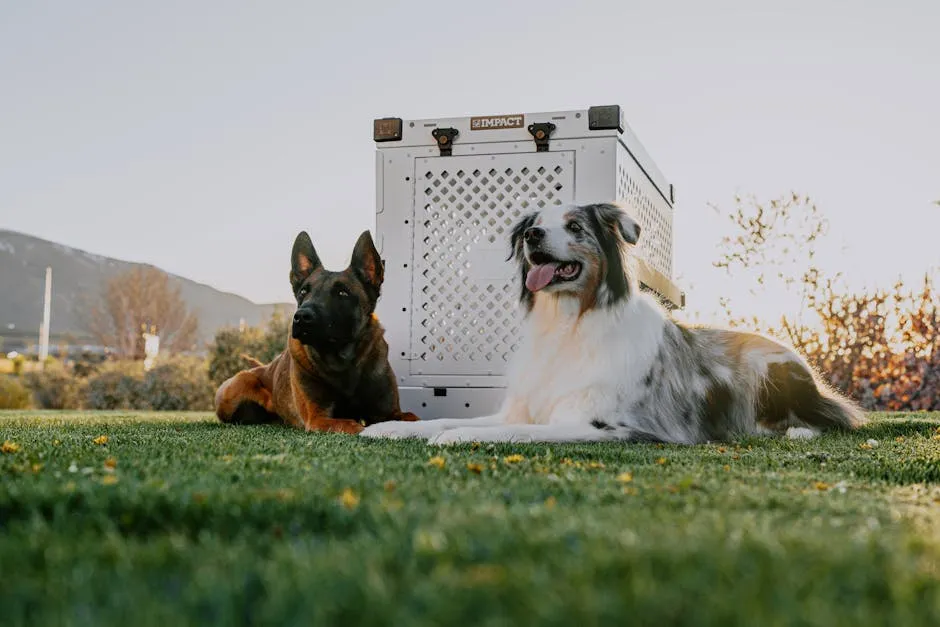
Immediate Intervention
If you catch your dog in the act of peeing on your bed, quick action is crucial. Calmly interrupt them without yelling. A simple “no” or a clap can grab their attention. Immediately guide them to the appropriate potty area outside. Once they’re outside, encourage them to relieve themselves. Praise them when they do! Positive reinforcement helps them associate going outside with good things. This reinforces the behavior you want to see. Redirecting their attention is vital. If they seem anxious or unsure, provide reassurance. A gentle voice can help them understand that it’s okay to go outside.Consult Professionals
If the behavior continues despite your efforts, it may be time to seek professional help. Consulting a veterinarian can rule out any underlying health issues. Conditions like urinary tract infections or diabetes might cause inappropriate urination. A dog trainer or behaviorist can also provide valuable insights. They can evaluate your dog’s behavior and suggest tailored strategies. Professional guidance can be especially beneficial for stubborn cases. Working with professionals can lead to effective behavior modification. They can teach you techniques to manage anxiety or marking behaviors. With the right support, you can foster a happier, healthier environment for your furry friend.
Preventive Measures for Future Incidents
Environmental Adjustments
Creating a calming environment is essential for your dog. Stress can lead to accidents, especially on your bed. Start by minimizing loud noises that may frighten your dog. If possible, provide a quiet space where they can retreat. This area should be comfortable and familiar, promoting a sense of security. Regular exercise plays a significant role too. A tired dog is generally a happier dog. Daily walks and playtime help burn off excess energy. Consider incorporating mental stimulation as well. Puzzle toys and interactive games can keep your dog’s mind engaged. A well-exercised dog is less prone to anxiety and accidents.For mental stimulation, try an Interactive Dog Puzzle Toy. It will engage your pup and provide much-needed mental exercise, reducing the chances of anxiety-related accidents.

Establishing Routines
Establishing a consistent routine is crucial for your dog’s well-being. Regular potty breaks help reinforce good habits. Take your dog outside at the same times every day. This consistency will help them understand when it’s time to relieve themselves. Feeding your dog on a set schedule also aids in this process. When feeding times are consistent, bathroom habits often follow suit. After meals, take your dog outside promptly. This encourages them to associate eating with the need to go outside.Monitoring Behavior
Keeping an eye on your dog’s behavior is vital. Look for any changes that may indicate distress. Changes in appetite, energy levels, or sleeping patterns can signal underlying issues. If your dog seems anxious or overly submissive, it’s essential to address these feelings. Pay attention to their interactions with family members and other pets. If there’s tension or conflict, it may affect your dog’s behavior. Engaging in training sessions can help build confidence and improve behavior. Always approach your dog with patience and understanding. This support can make a world of difference.For effective training, consider a Dog Training Clicker. It’s a great tool for reinforcing positive behaviors and making training sessions more effective!
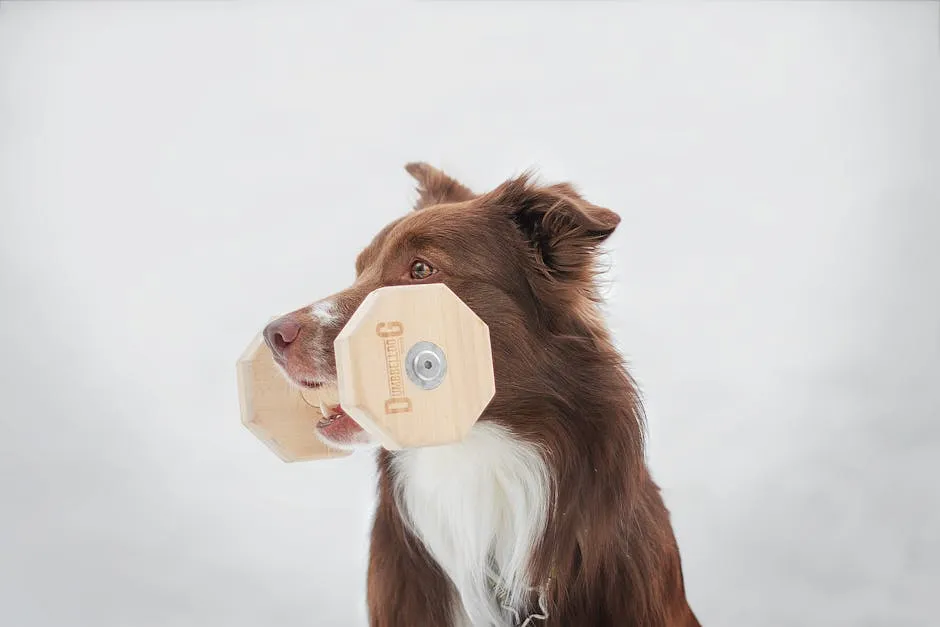
Conclusion
Understanding why your dog pees on the bed is essential. This behavior can stem from various reasons, including anxiety, marking territory, or medical issues. By identifying the cause, you can address the issue effectively. Patience and consistency are key when tackling this behavior. Training takes time, and your dog needs your support. Remember, it’s not just about stopping the behavior but also about understanding your furry friend better. With the right strategies in place, you can foster a happier, healthier relationship with your dog. Together, you can overcome this challenge and strengthen your bond.FAQs
Why do dogs pee on their owner’s bed?
Dogs may pee on your bed for comfort, to mark their territory, or due to anxiety. Your bed carries your scent, making it feel safe. If they feel stressed or are unsure, they might seek solace in familiar places.
Is it a sign of dominance when a dog pees on the bed?
Contrary to popular belief, this behavior is not about dominance. Dogs do not urinate on beds to assert authority. Instead, it often relates to comfort, anxiety, or a need to mark their territory in a familiar spot.
How can I tell if my dog’s urination is due to a health issue?
Look for signs like increased frequency, straining to urinate, or blood in urine. Sudden changes in behavior or accidents after being trained can also indicate health issues. Consult your veterinarian if you notice these symptoms.
What should I do immediately after my dog pees on the bed?
First, clean the area thoroughly with an enzymatic cleaner to eliminate odors. This prevents your dog from returning to the same spot. Ensure you stay calm and avoid scolding your dog, as this can lead to anxiety.
Can anxiety medications help if my dog pees on the bed due to stress?
Yes, anxiety medications can be beneficial. However, it’s crucial to consult a veterinarian first. They can assess your dog’s situation and determine if medication or behavioral therapy is the best approach to address the issue.
Please let us know what you think about our content by leaving a comment down below!
Thank you for reading till here 🙂
All images from Pexels




